-
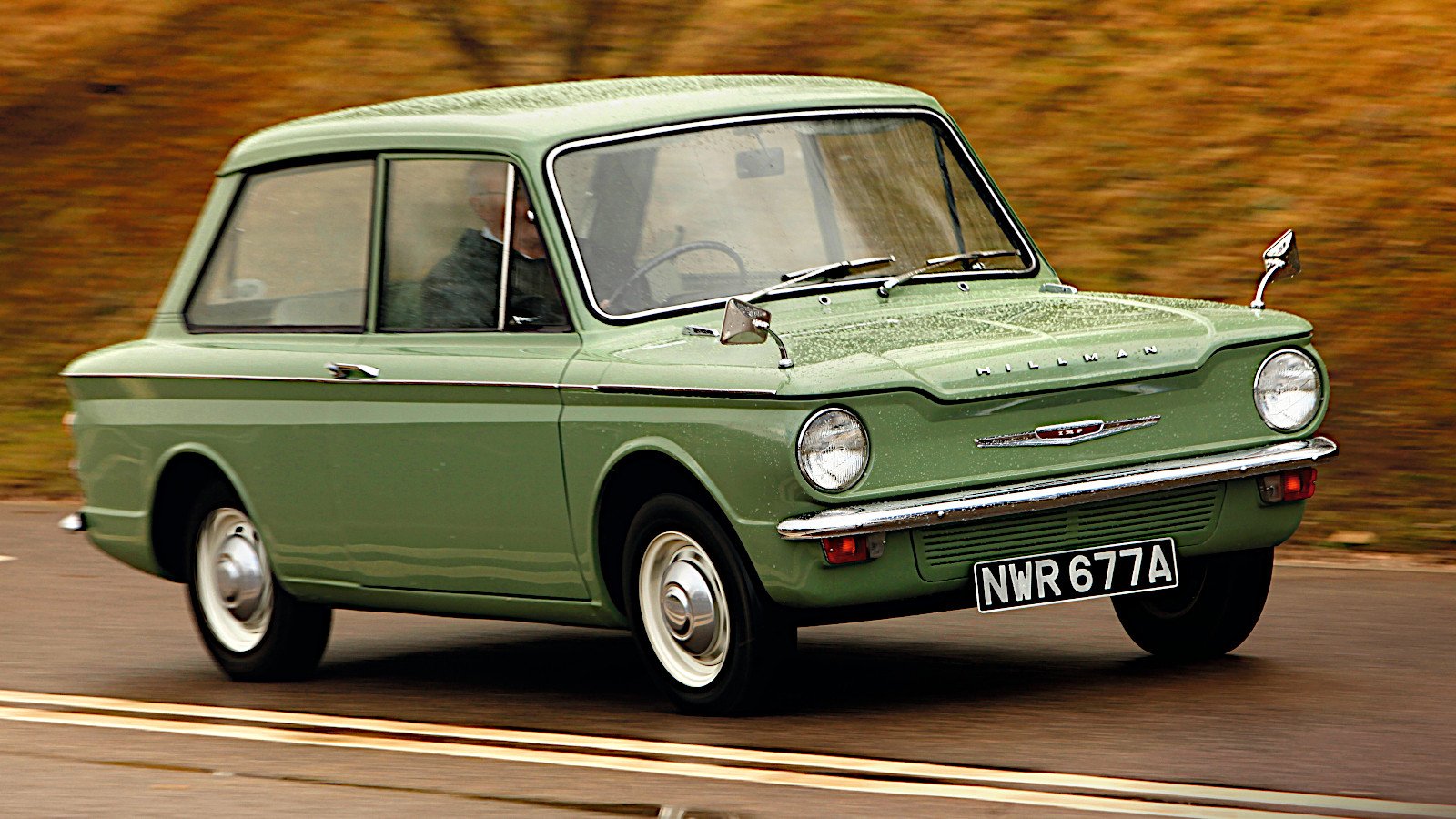 © Tony Baker/Classic & Sports Car
© Tony Baker/Classic & Sports Car -
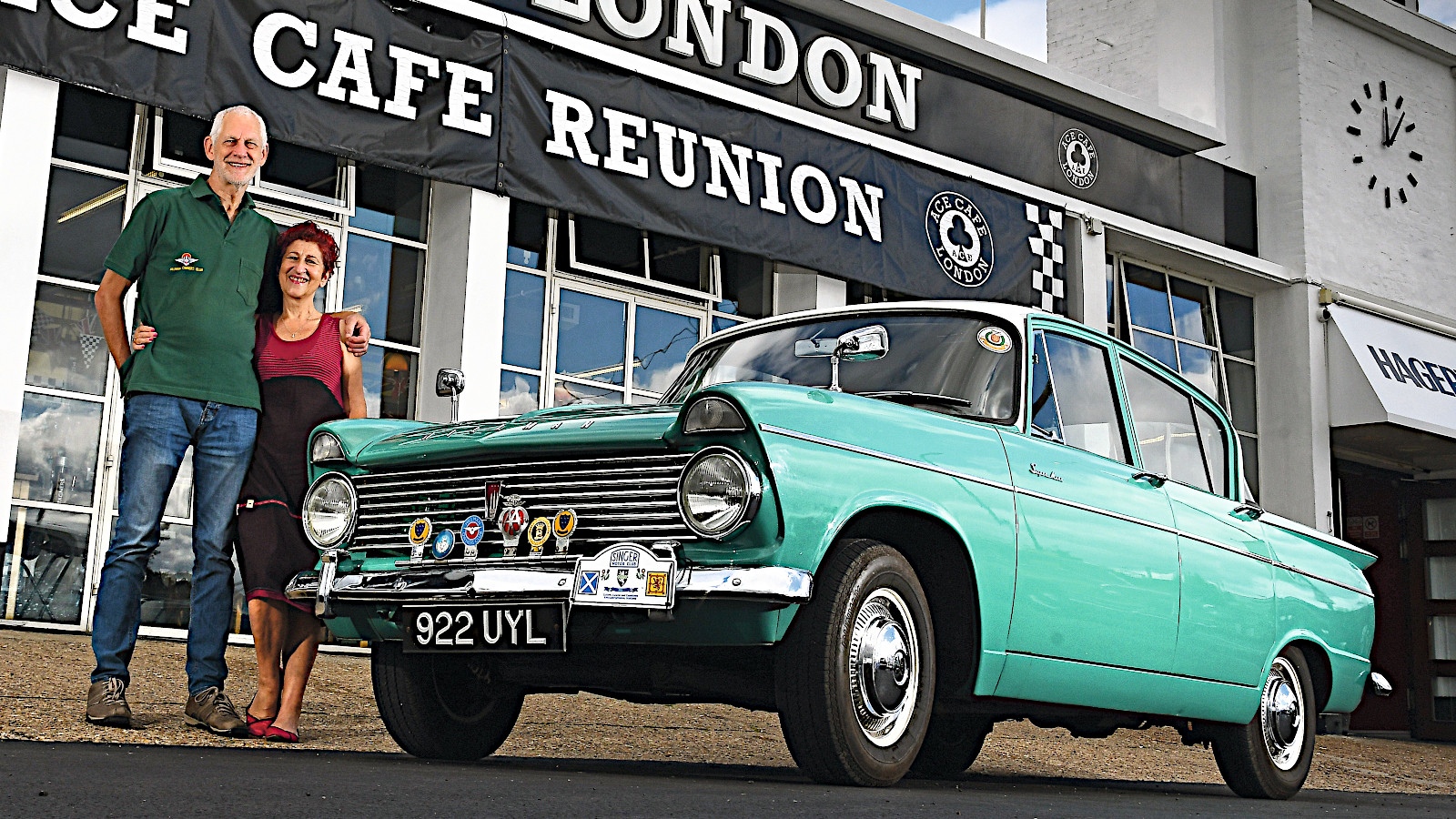 © John Bradshaw/Classic & Sports Car
© John Bradshaw/Classic & Sports Car -
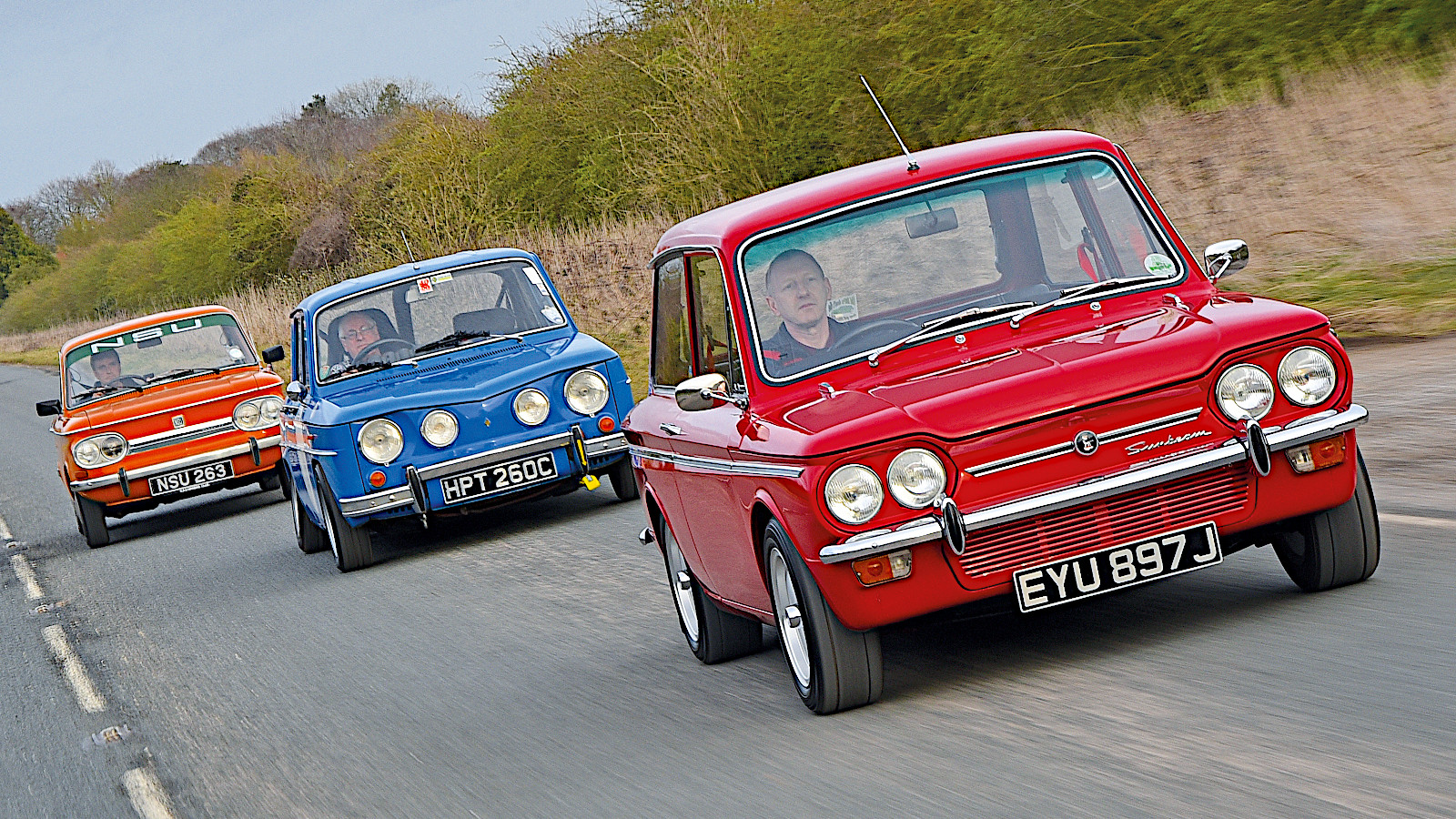 © Will Williams/Classic & Sports Car
© Will Williams/Classic & Sports Car -
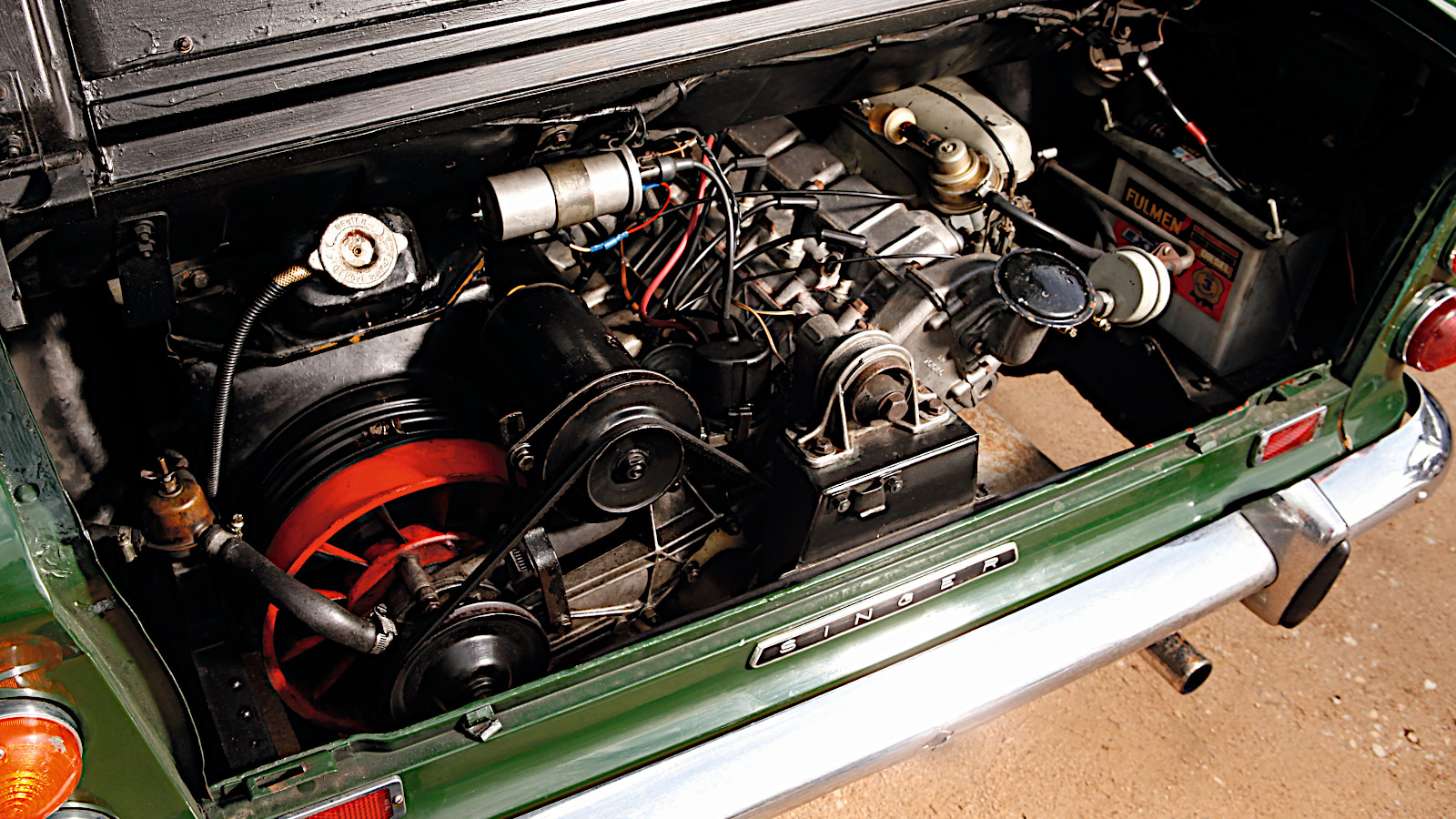 © Tony Baker/Classic & Sports Car
© Tony Baker/Classic & Sports Car -
 © Classic & Sports Car
© Classic & Sports Car -
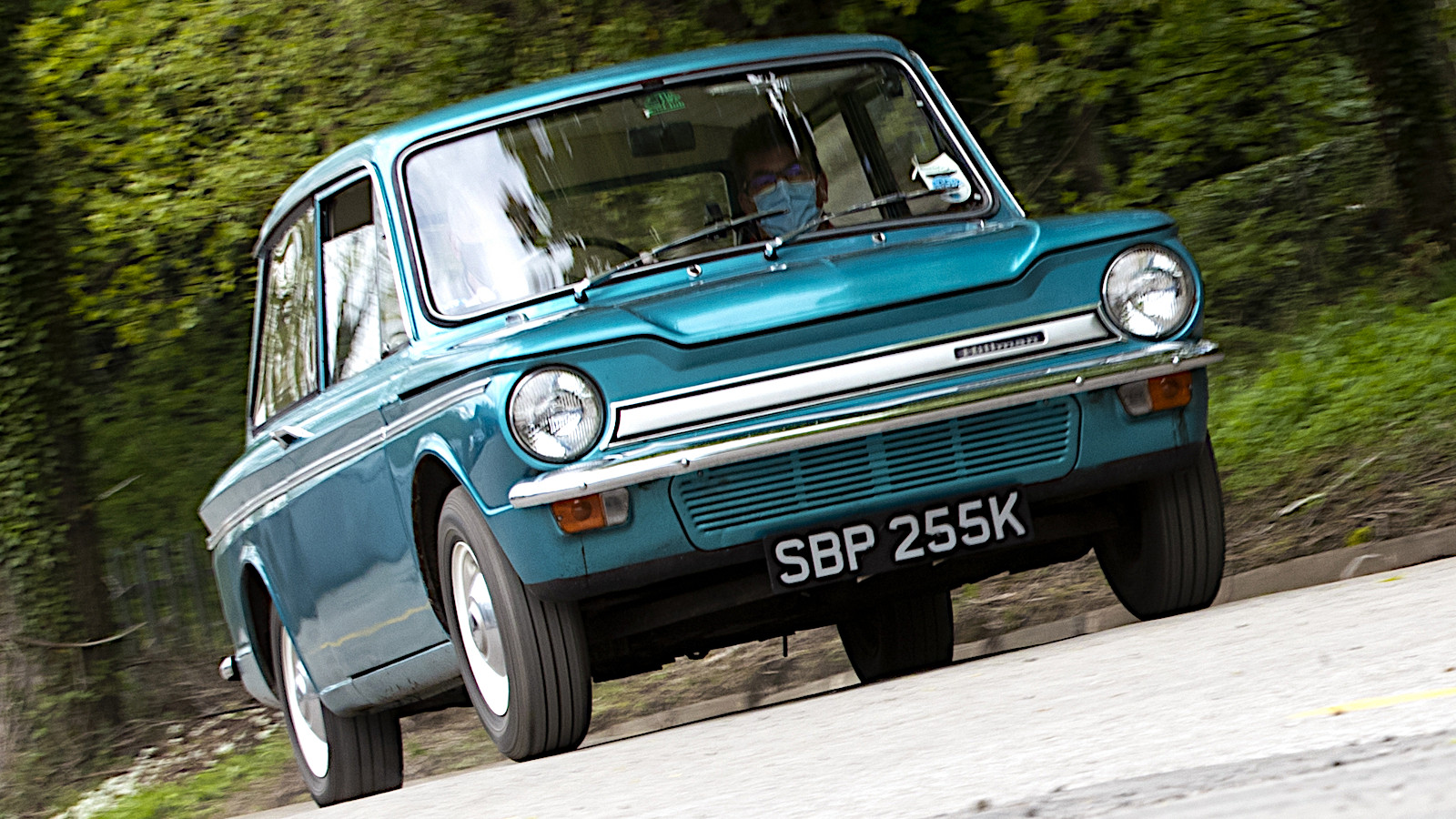 © Great British Car Journey
© Great British Car Journey -
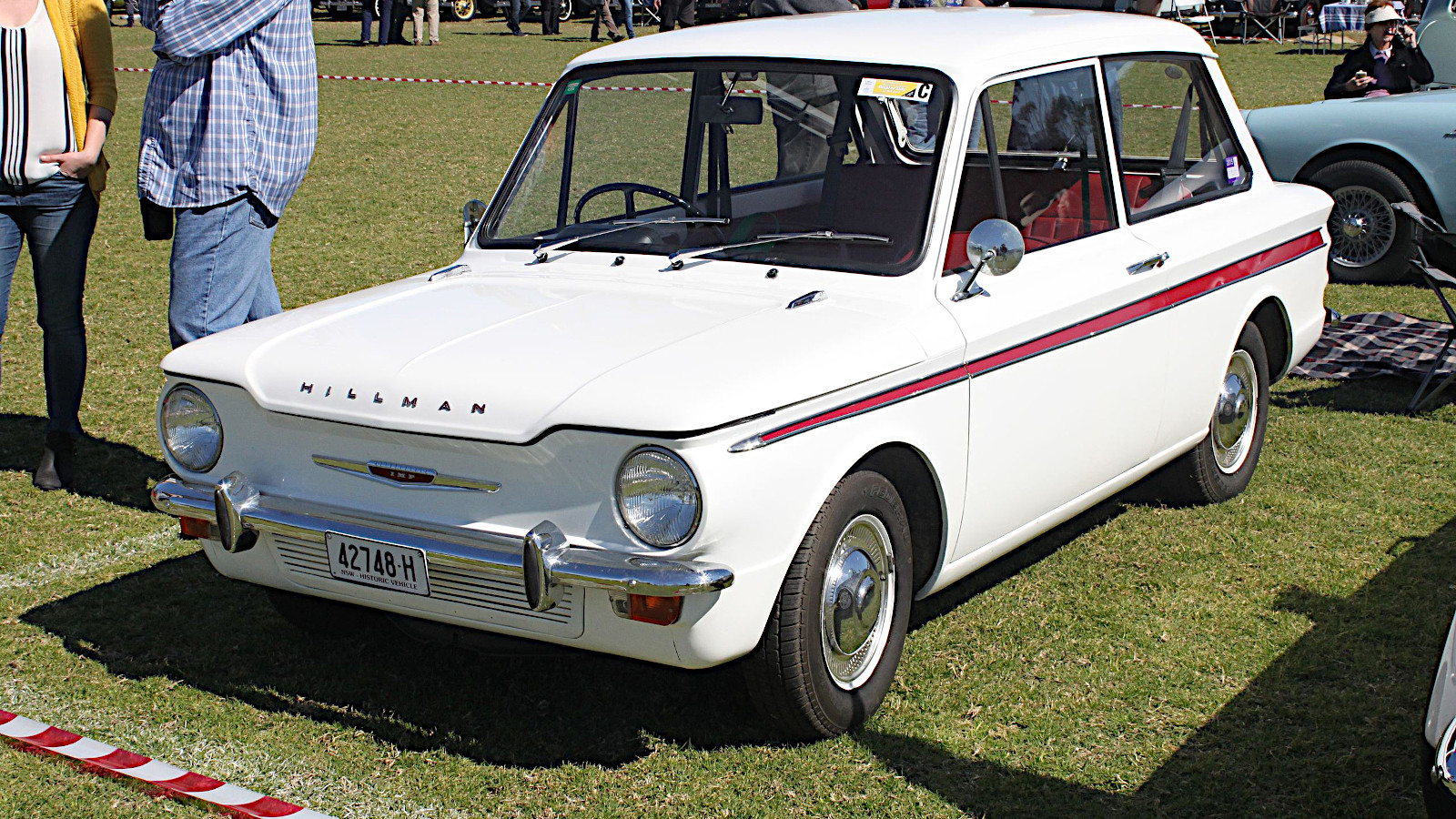 © Jeremy/Creative Commons licence https://creativecommons.org/licenses/by/2.0/legalcode.en
© Jeremy/Creative Commons licence https://creativecommons.org/licenses/by/2.0/legalcode.en -
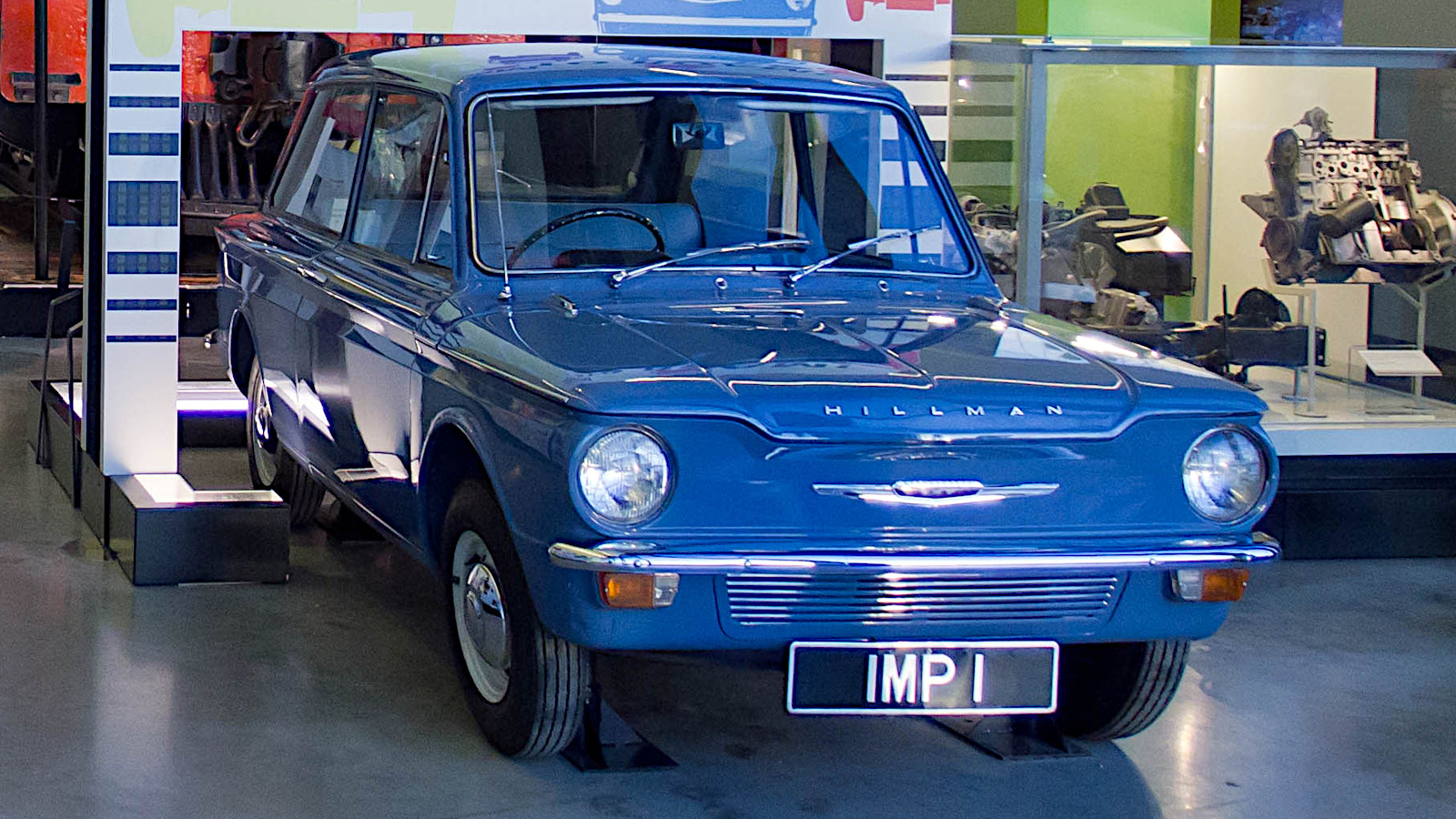 © Ed Webster/Creative Commons licence https://creativecommons.org/licenses/by/2.0/legalcode.en
© Ed Webster/Creative Commons licence https://creativecommons.org/licenses/by/2.0/legalcode.en -
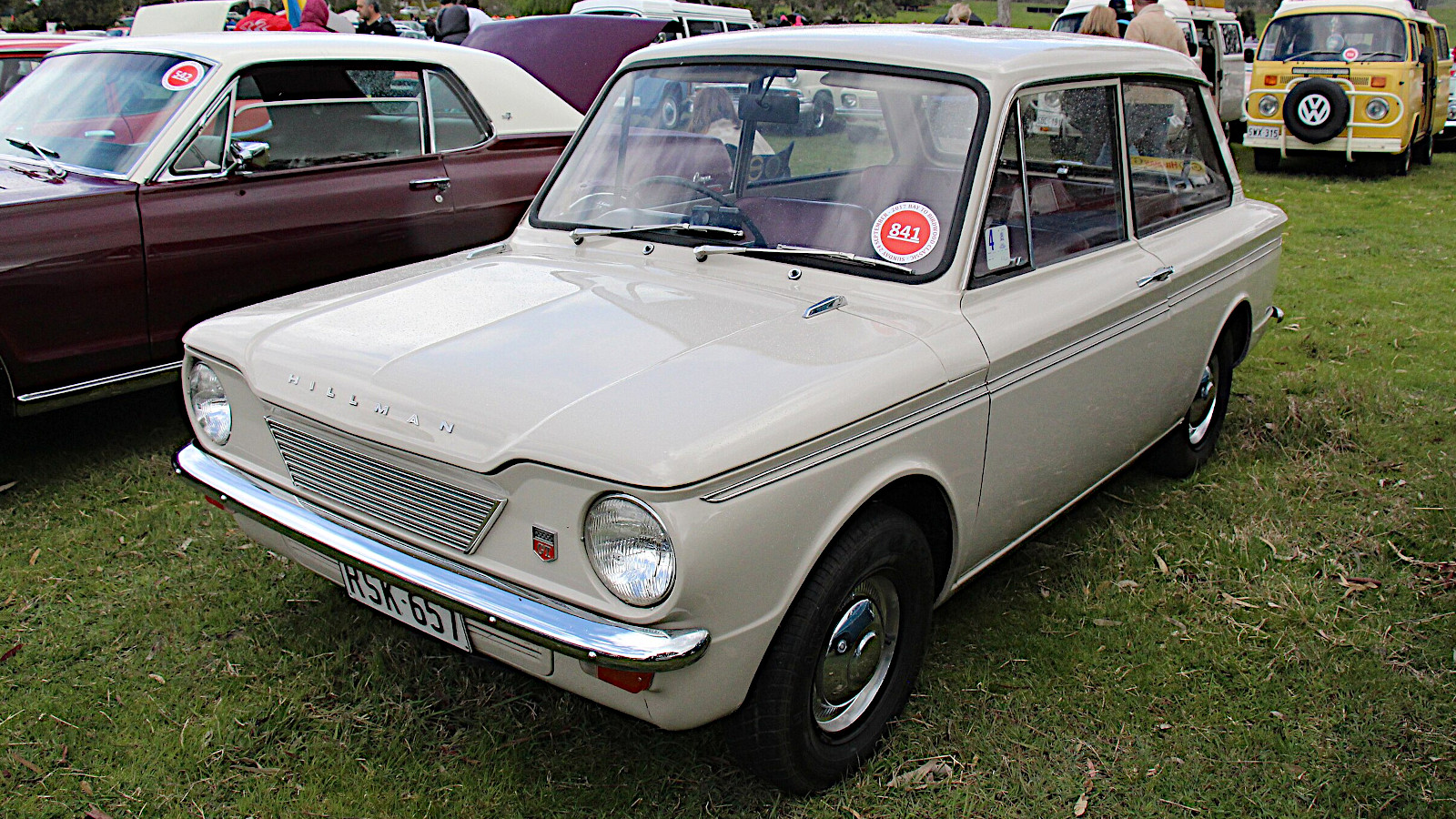 © Sicnag/Creative Commons licence https://creativecommons.org/licenses/by/2.0/legalcode.en
© Sicnag/Creative Commons licence https://creativecommons.org/licenses/by/2.0/legalcode.en -
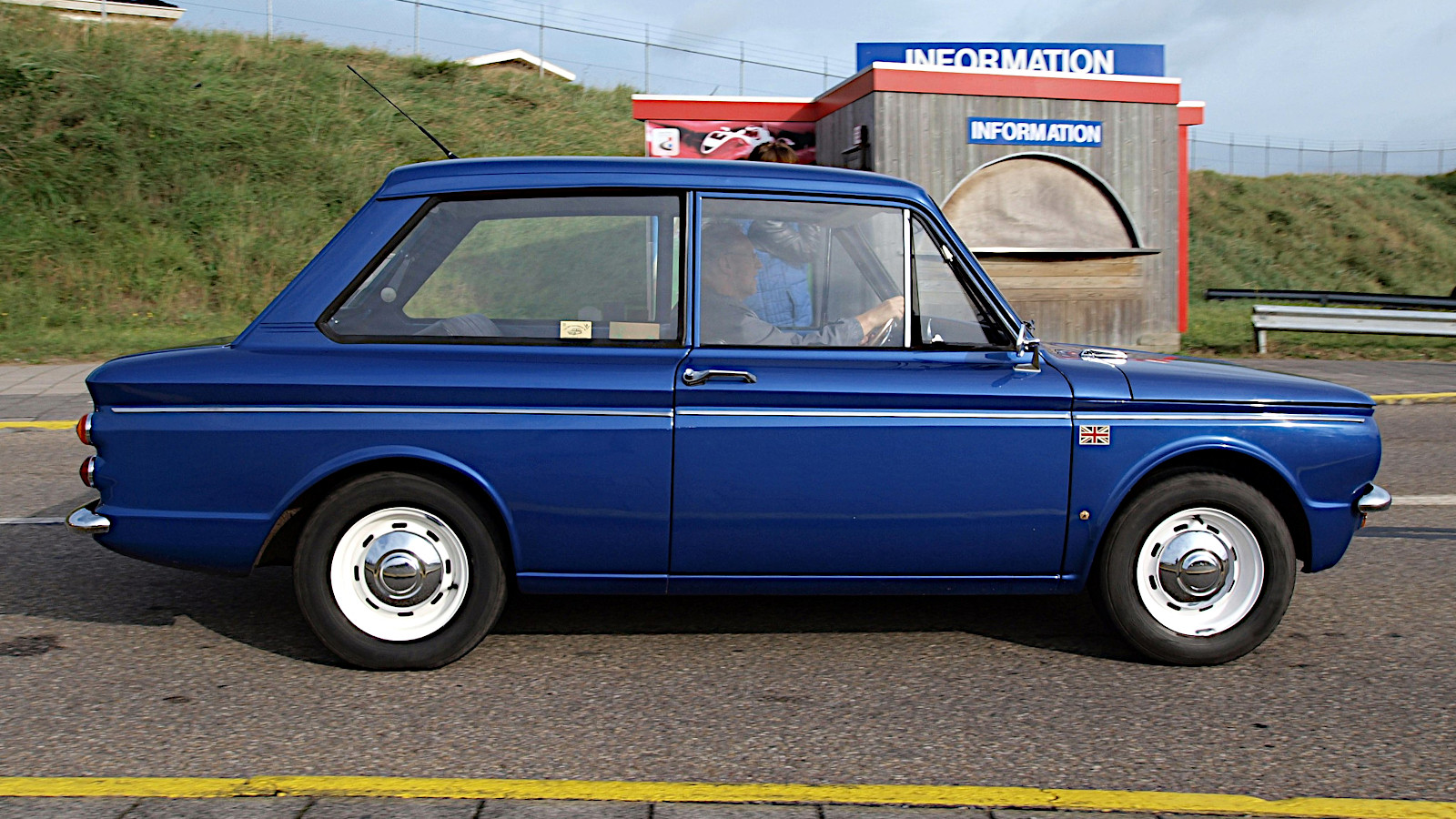 © Alf van Beem/Creative Commons licence https://creativecommons.org/publicdomain/zero/1.0/legalcode.en
© Alf van Beem/Creative Commons licence https://creativecommons.org/publicdomain/zero/1.0/legalcode.en -
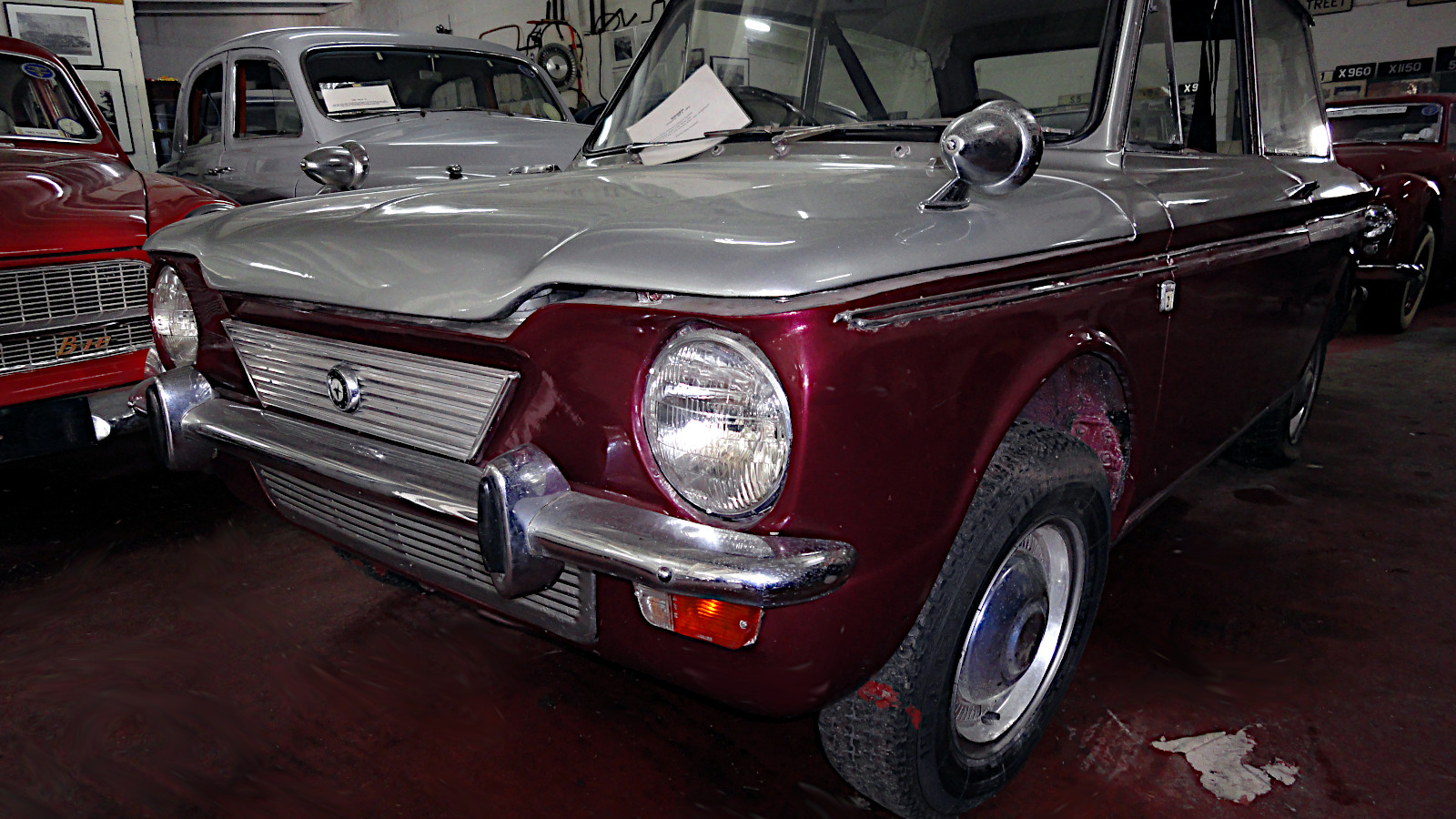 © Allen Watkin/Creative Commons licence https://creativecommons.org/licenses/by-sa/2.0/legalcode.en
© Allen Watkin/Creative Commons licence https://creativecommons.org/licenses/by-sa/2.0/legalcode.en -
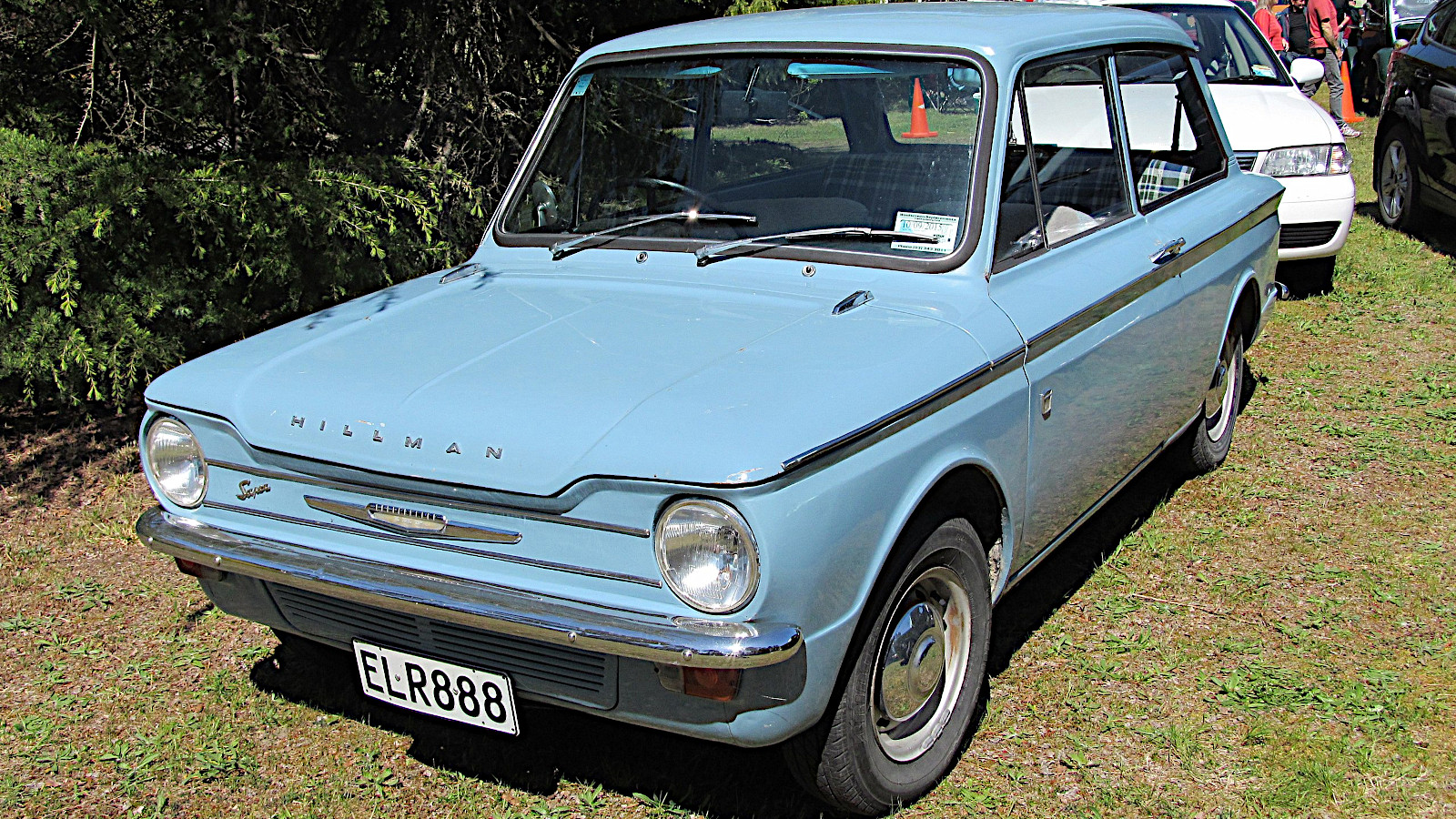 © Riley Photo/Creative Commons licence https://creativecommons.org/licenses/by/2.0/legalcode.en
© Riley Photo/Creative Commons licence https://creativecommons.org/licenses/by/2.0/legalcode.en -
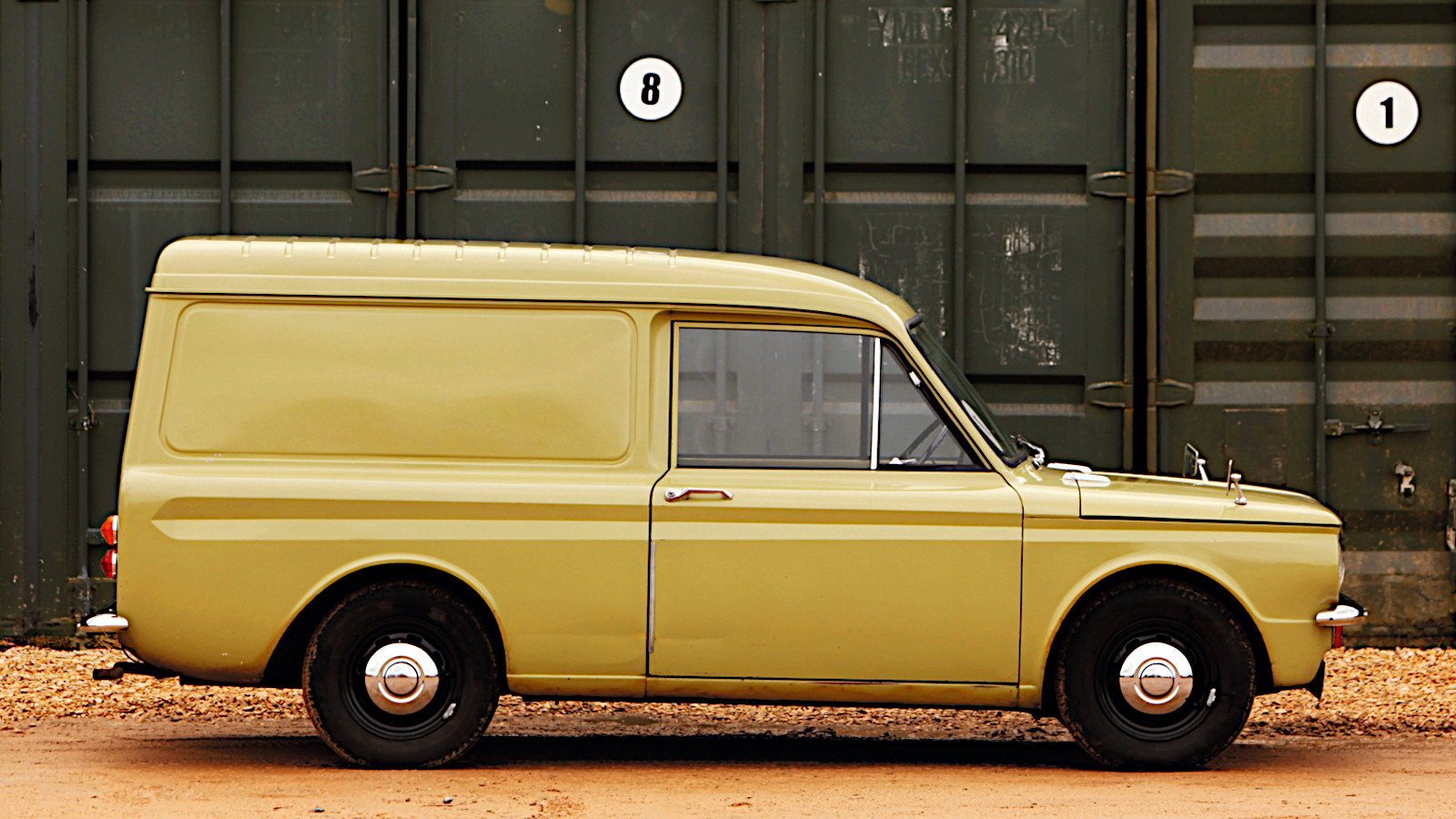 © Tony Baker/Classic & Sports Car
© Tony Baker/Classic & Sports Car -
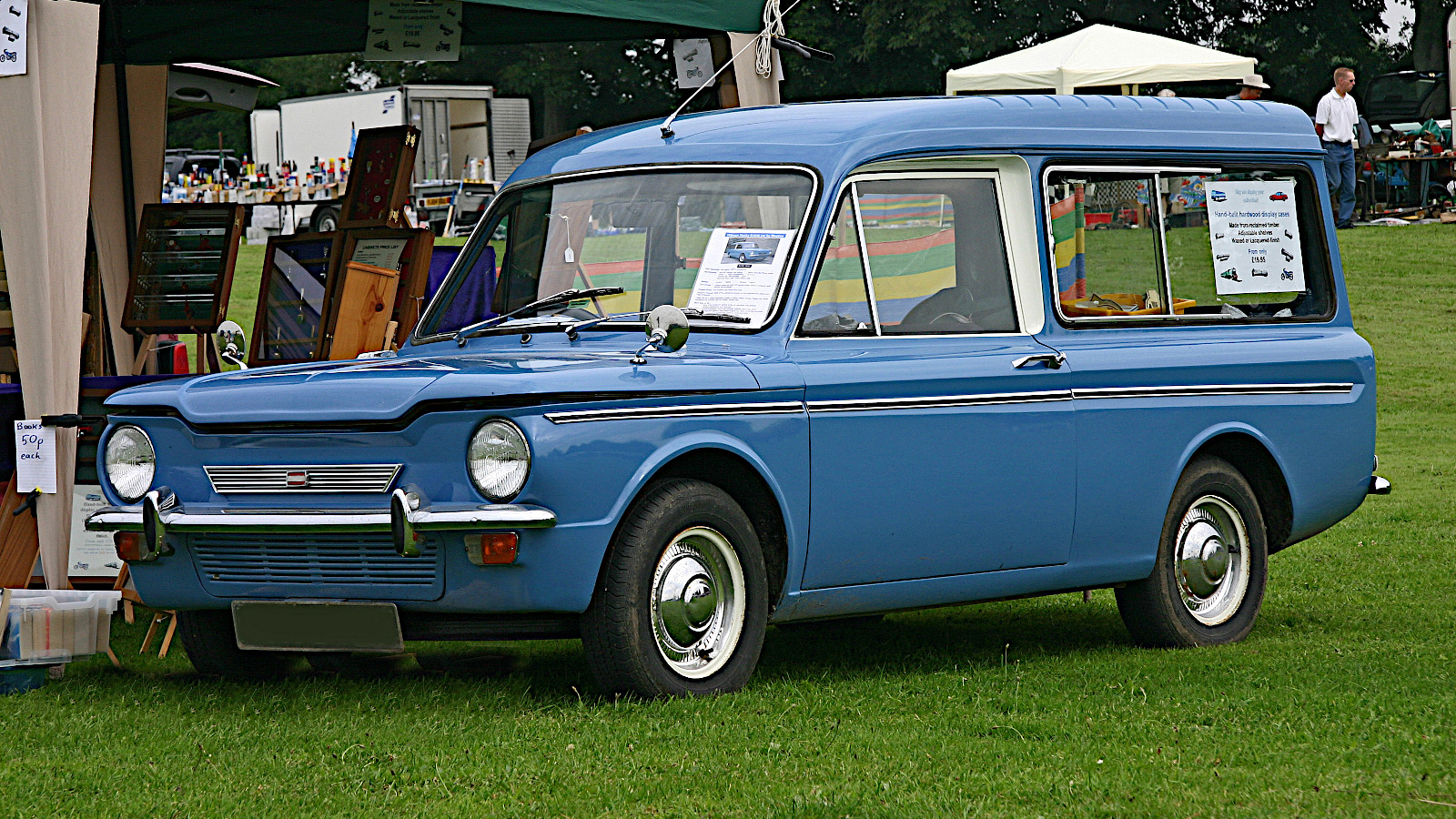 © Redsimon/Creative Commons licence https://creativecommons.org/licenses/by/3.0/legalcode.en
© Redsimon/Creative Commons licence https://creativecommons.org/licenses/by/3.0/legalcode.en -
 © Vauxford/Creative Commons licence https://creativecommons.org/licenses/by-sa/4.0/legalcode.en
© Vauxford/Creative Commons licence https://creativecommons.org/licenses/by-sa/4.0/legalcode.en -
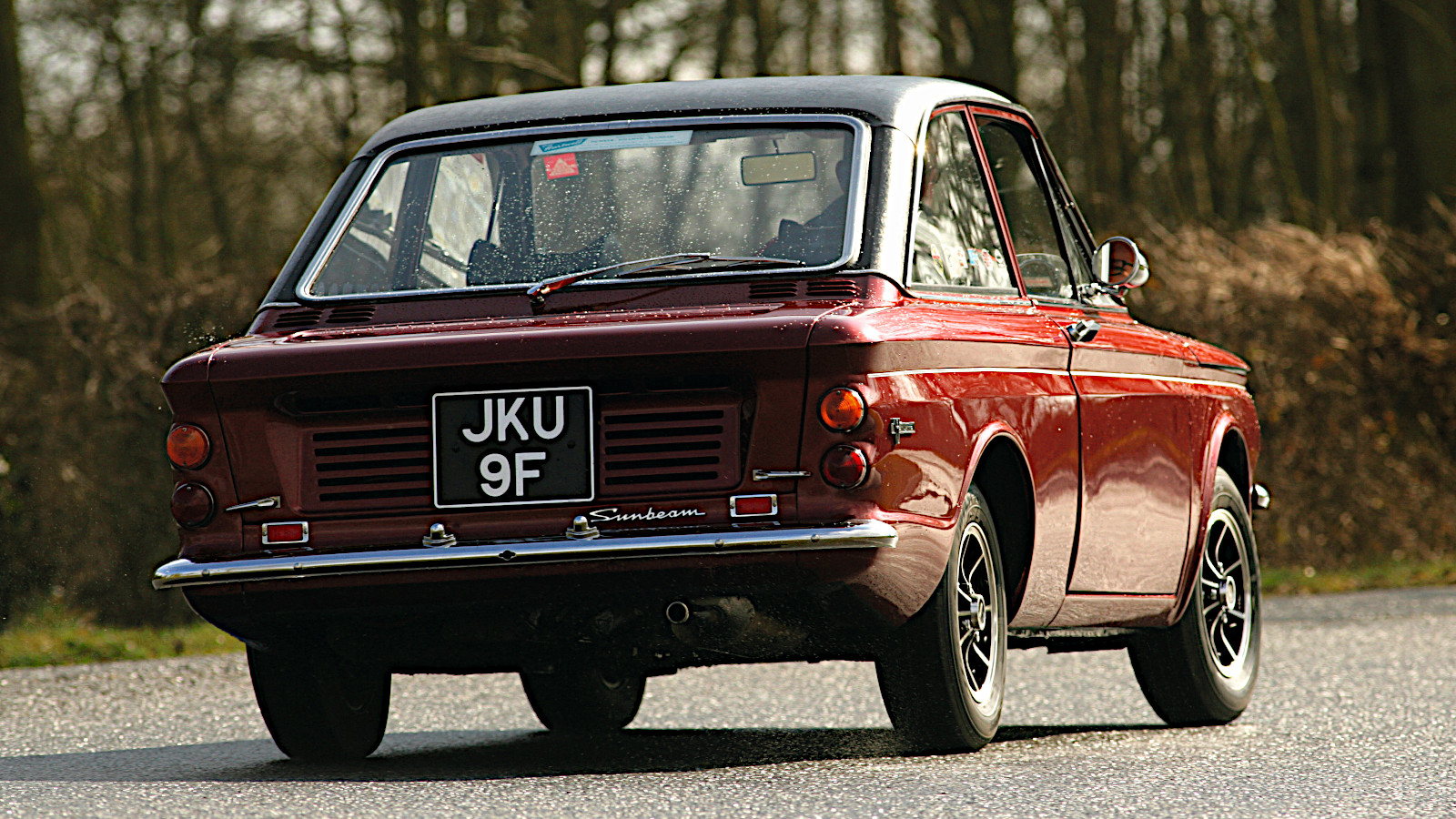 © Tony Baker/Classic & Sports Car
© Tony Baker/Classic & Sports Car -
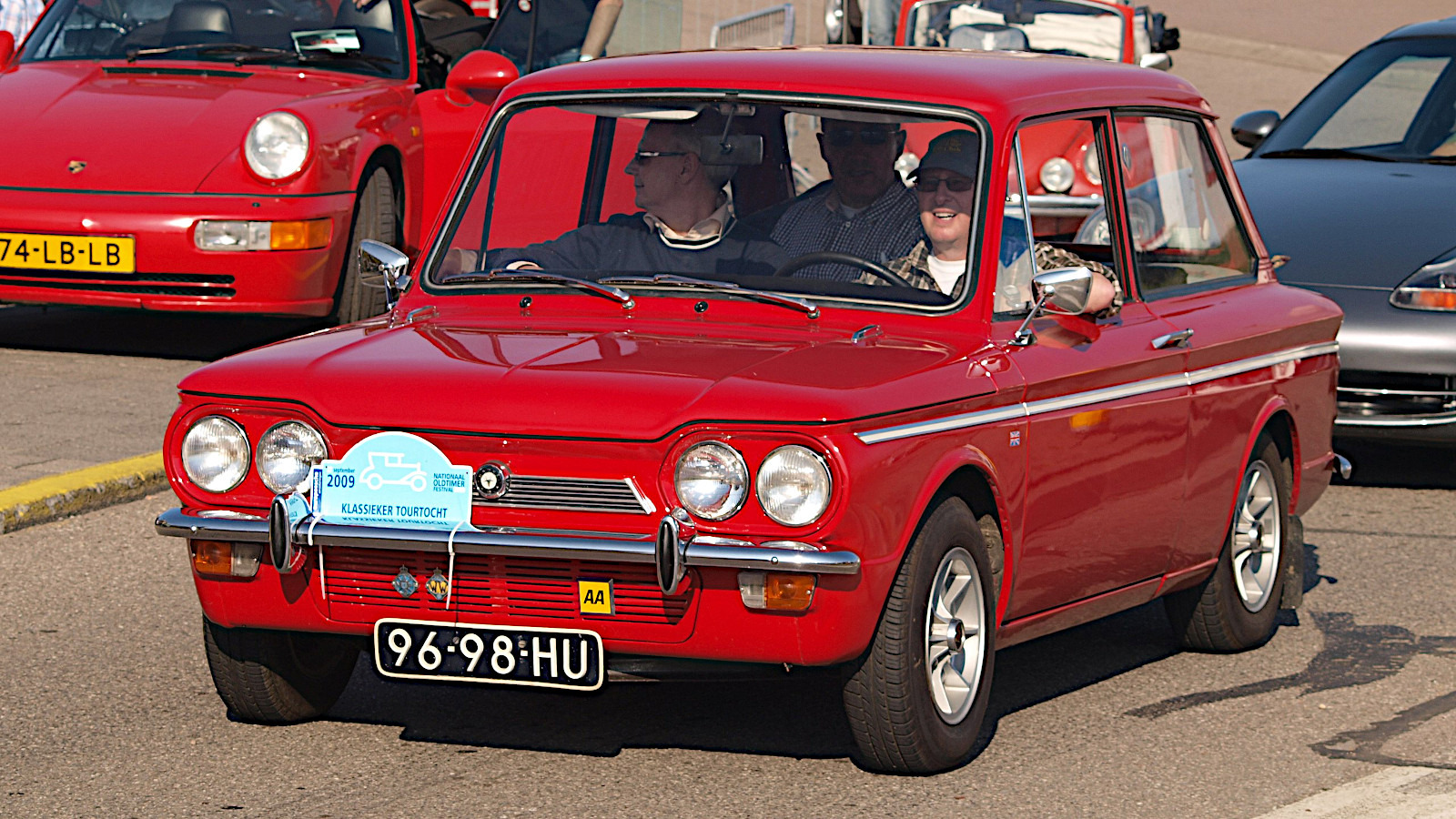 © Alf van Beem/Creative Commons licence https://creativecommons.org/publicdomain/zero/1.0/legalcode.en
© Alf van Beem/Creative Commons licence https://creativecommons.org/publicdomain/zero/1.0/legalcode.en -
 © Tony Baker/Classic & Sports Car
© Tony Baker/Classic & Sports Car -
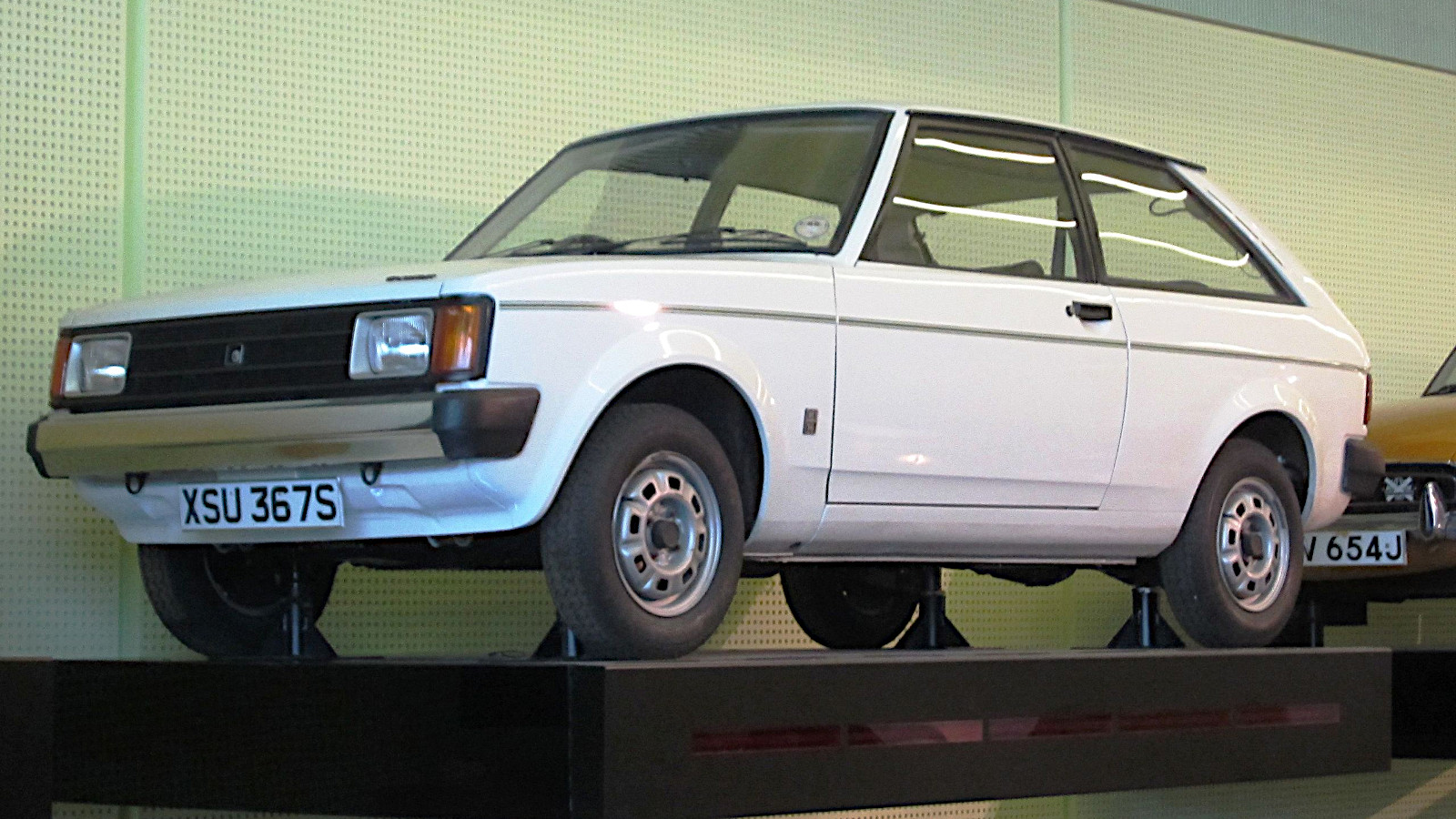 © Charles01/Creative Commons licence https://creativecommons.org/licenses/by-sa/3.0/legalcode.en
© Charles01/Creative Commons licence https://creativecommons.org/licenses/by-sa/3.0/legalcode.en -
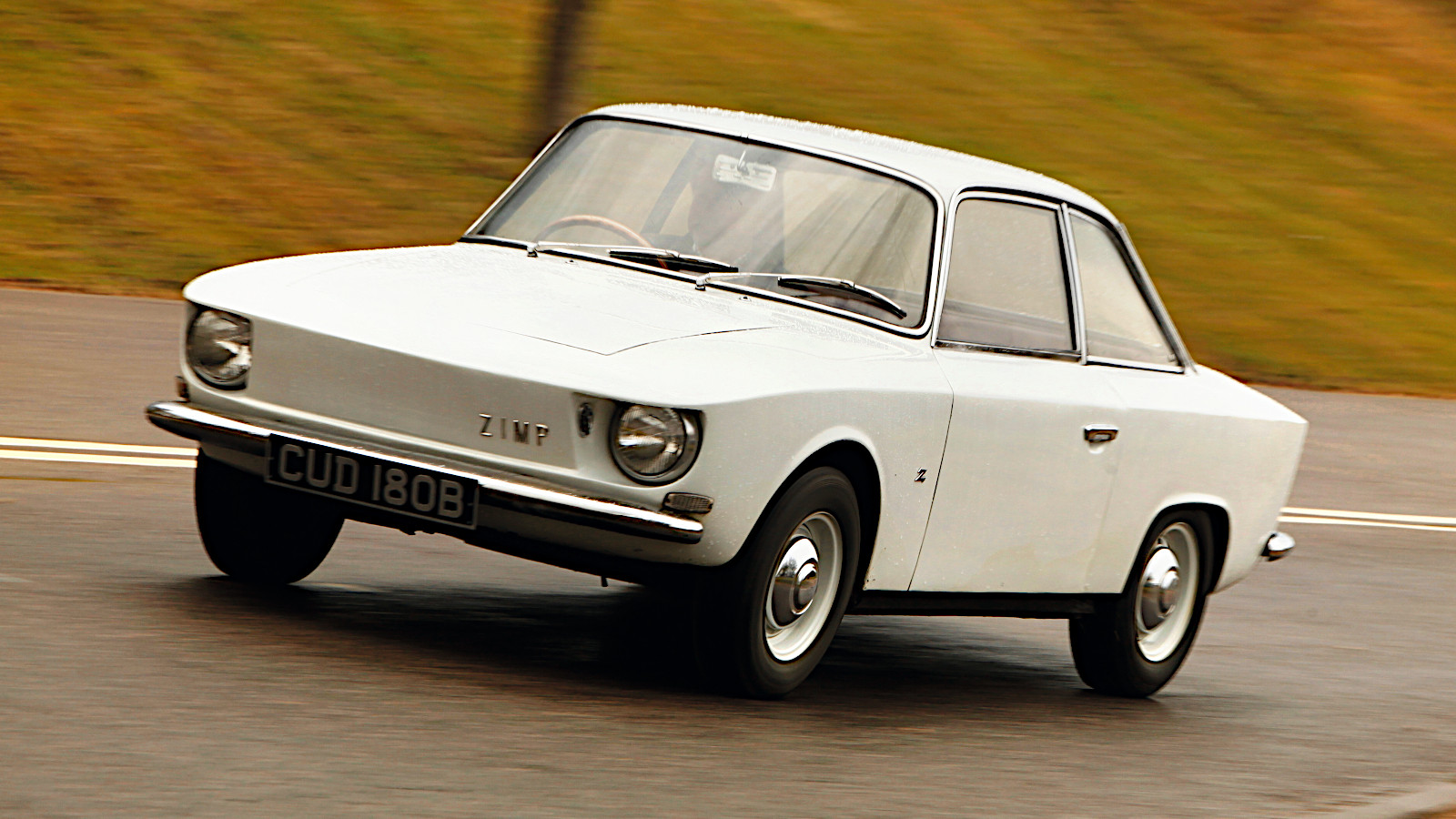 © Tony Baker/Classic & Sports Car
© Tony Baker/Classic & Sports Car -
 © Tony Baker/Classic & Sports Car
© Tony Baker/Classic & Sports Car -
 © Tony Baker/Classic & Sports Car
© Tony Baker/Classic & Sports Car -
 © Tony Baker/Classic & Sports Car
© Tony Baker/Classic & Sports Car -
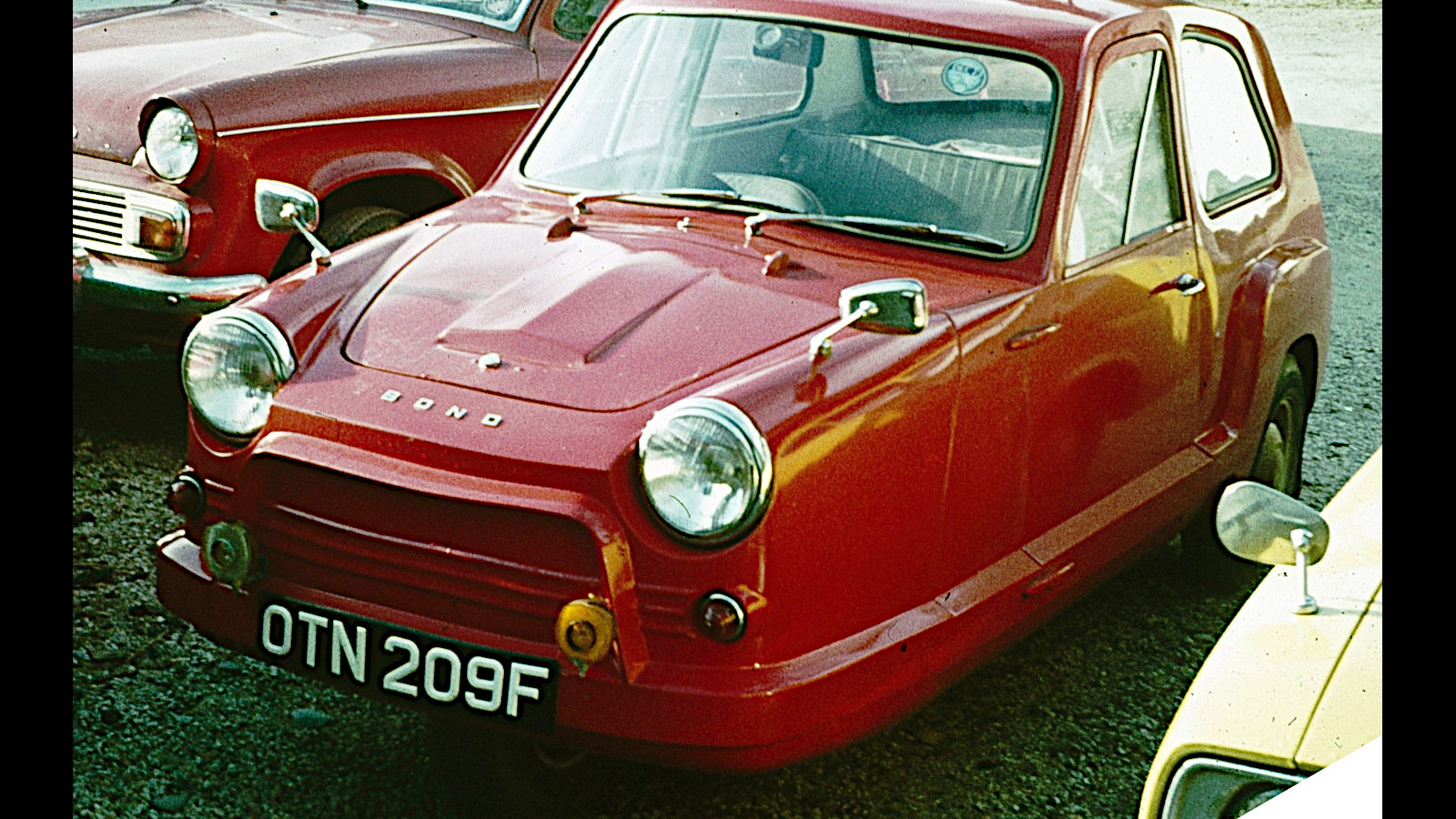 © Charles01/Creative Commons licence https://creativecommons.org/licenses/by-sa/3.0/legalcode
© Charles01/Creative Commons licence https://creativecommons.org/licenses/by-sa/3.0/legalcode -
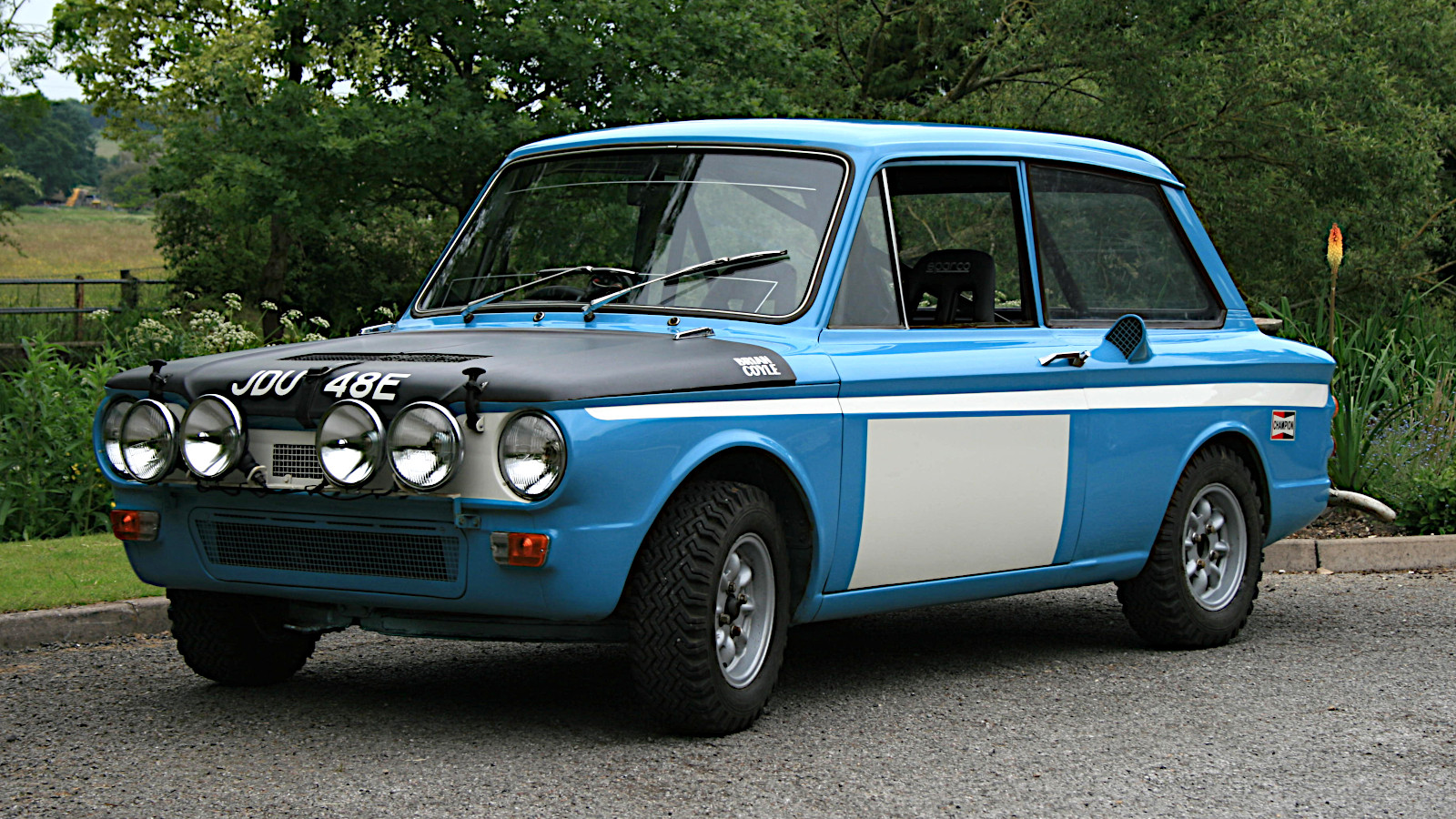 © Bonhams | Cars
© Bonhams | Cars -
 © Cs-wolves/Creative Commons licence https://creativecommons.org/licenses/by-sa/4.0/legalcode.en
© Cs-wolves/Creative Commons licence https://creativecommons.org/licenses/by-sa/4.0/legalcode.en
-
The other small, British motoring pioneer
If asked to name a small, radical British car of the 1960s, most people would no doubt choose the Mini, and with good reason.
Epoch-making as it was, though, the Mini should not entirely be allowed to eclipse the less successful but even more adventurous Hillman Imp, which has reached its 60th anniversary in 2023.
That’s a good reason for us to celebrate it, which we’ll do here by looking at the production Imps, the cars from other makes made possible by it, and finally its performances in racing and rallying.
-
A new kind of Hillman
Hillman was founded in 1907, and became part of the Rootes Group in 1928.
Nearly every car it produced (including the contemporary Super Minx pictured here) was entirely conventional, with a front-mounted iron-block engine sending drive through a gearbox immediately behind it and on through a propellor shaft to the rear axle.
As we’ll see, the Imp was utterly different from any other Hillman, which might be connected with the fact that two of its engineers, Mike Parkes and Tim Fry, were just 31 and 27 years old respectively when the car was formally announced in May 1963.
Parkes’ motorsport career included racing for the works Ferrari Formula One team and developing the Lancia Stratos, while Fry rose through the Rootes ranks before leaving to form his own design consultancy.
-
Engine at the back
Uniquely among Hillmans, the Imp had its engine mounted in the rear, just behind a four-speed, all-synchromesh transaxle designed by Adrian West.
Today, this might seem anachronistic, since the Mini had by now shown the way forward with its front-wheel-drive layout, but putting all the mechanicals behind the passengers was common practice in small European cars at the time.
Of the similarly arranged cars pictured behind an Imp here, the Renault 8 (launched in 1962) and final-generation NSU Prinz (1963) were still fresh on the market, and there were more still to come – the Fiat 850, for example, would not arrive until 1964.
-
Coventry-Climax
The power source for every Imp was a four-cylinder all-aluminium unit from the Coventry-Climax FW (Feather Weight) family, which had begun with a fire-pump engine and also included the motor used in the Lotus Elite.
Canted over to the right in the Imp, it did not have a crossflow head, but this didn’t prevent it from being able to rev very highly with appropriate tuning – more than 9000rpm was common in race applications.
In production cars, it usually measured 875cc and sometimes 998cc, but it could be reduced to under 850cc to make the car eligible for a motorsport class or, if a spacer plate was fitted between the block and head to allow for a longer stroke, increased to more than 1200cc.
The engine developed a reputation for being unreliable, and awful things could certainly happen if it overheated for one reason or another, but if kept within its optimal temperature range it was unlikely to go wrong.
-
Styling
Unlike the rival Mini, the Imp saloon had to have a three-box body, approximately symmetrical in profile, in order for there to be somewhere to put the engine.
This was common enough, but the Imp was unusual in that it had an opening rear window, so that small items of luggage could be put straight on to the parcel shelf from outside the car.
A coupé body style, added to the range after four years, brought some extra panache but also reduced the practicality, since the rear window was fixed.
A resemblance between the front end of the Imp and that of the first-generation Chevrolet Corvair (pictured) has been noted, and is especially obvious in Imps with quad headlights.
-
Handling
Mounting an engine behind the rear wheels is one of the best ways to make a car unstable.
In the case of the Imp, it was less of a problem than usual, partly because the Coventry-Climax engine was unusually light.
Stability was also improved by the use of trailing-arm rear suspension, rather than the often-perilous swing-axle layout used by other manufacturers, though swing axles were used at the front.
This arrangement led to the Imp being praised for its stable handling on the road, and contributed to its great success in several forms of motorsport.
-
Production
All UK-built Hillman Imps were assembled in Linwood, on the outskirts of Glasgow, in a factory partly funded by a government grant.
This led to the Imp being seen in Scotland as a Scottish car, but in fact the situation was more complicated, since some of the work was done more than 300 miles south of Linwood in Rootes’s Ryton plant, in Warwickshire.
For example, according to one report, cylinder heads were cast in Linwood, sent to Ryton for machining and then returned to Linwood to be fitted into the cars.
The process was more complicated and expensive than it might otherwise have been, which did not exactly help the Imp’s profitability and is believed to have been a factor in the eventual demise of the Rootes Group.
-
First off the line
The first production version of a particular car can sometimes be difficult to determine long after it was built, but that does not apply to the Hillman Imp.
‘Imp 1’ has always stayed close to its Linwood birthplace as a feature of what used to be known as the Glasgow Museum of Transport, though the location of the facility itself has changed twice (hence its current title, the Riverside Museum).
Despite its historical significance, it was less famous locally, at least for a while, than two later models used for escort duty by Dunbartonshire Police, based just across the River Clyde from Linwood.
Originally blue and white, but with their doors, bonnets and bootlids swapped over to create a multi-colour effect, they were soon nicknamed Pinky and Perky after two popular children’s TV puppets, and became still more widely known when Corgi produced 1:43 scale models of them.
-
Hillman Imps around the world
The Imp was assembled from knock-down kits in Petone, New Zealand, by Todd Motors.
Further west, Rootes Australia did something similar, but did not always use the Imp name.
For example, the car pictured here was referred to as the Hillman GT.
The Australians would later create their own convertible version of the Imp, known first as the Hillman Sonic and then as the Hillman Stiletto, in conjunction with Eiffel Tower Motors of Dandenong, Melbourne.
-
From sea to shining sea
In August 1964, American Rodding magazine decided to see if it was possible to drive an Imp over the 3000-and-some miles from New York to Los Angeles in less than 50 hours.
The car – badged, like all Imps sold in America, as a Sunbeam, because that name meant something in the US and Hillman didn’t – was crewed by writer-photographer Stanley Rosenthall and Rootes regional sales manager Herman Jaehne.
Despite heat which reportedly reached 110 degrees Fahrenheit in the shade, they completed the journey without incident in 48 hours and 10 minutes, an average of more than 60mph, and used petrol at a rate of 35mpg.
(Representative car pictured.)
-
Going upmarket
Badge engineering went a lot further than simply branding the Imp as a Sunbeam in the US.
In 1964, Rootes introduced an upgraded version with, among other things, better seats, walnut veneer interior trim, wider wheels, radial rather than crossply tyres and a strictly decorative front grille.
Nine years earlier, Rootes had bought the previously independent Singer brand and used its name to denote slightly more expensive versions of what were otherwise Hillmans.
The same trick was used here, and this version of the Imp was known as the Singer Chamois.
-
The second generation
Despite its proven ability to cross the continental United States in two days, the Hillman Imp was problematic in its early days, and had to be revised in 1965.
Changes included abandoning the original automatic choke and pneumatic throttle for more conventional items, fitting a better cylinder head gasket and adding a lot of soundproofing.
In the same year, it became possible to buy a standard Imp with the 998cc engine capacity used in many of the works competition cars.
With other alterations, this motor, fitted to Rallye versions of both the regular Imp and the Singer Chamois, produced a claimed 65bhp, at a time when the standard 875 could not quite manage 40bhp.
-
The Hillman Imp van
The commercial version of the Imp was launched in 1965 under the Commer brand name, though it became a Hillman three years later.
The load floor had to be relatively high because the engine was at the rear (though, as previously mentioned, it was canted over), but on the plus side this meant that you didn’t have to bend down far to put things in.
Furthermore, the roofline was much higher than in the Imp saloon, so there was plenty of room for tall objects.
The engine was detuned, to the point where it’s reported to have produced only 36bhp, but according to one story, the UK’s Royal Mail decided against buying a batch because the van was so fast that post officers might be tempted to drive it in an unbridled fashion.
-
The Hillman Imp estate
The bodyshell developed for the Imp van was carried over to an estate version introduced in 1967 as the Hillman Husky, a name previously used for similar derivatives of the Minx.
Unlike the van, the Husky had four seats and a full complement of windows, as well as the same engine specification as the 875cc saloon.
Remarkably, Autocar magazine discovered that its Husky test car, despite a considerable aerodynamic disadvantage, had the same 76mph top speed and 22.8-sec standing quarter-mile time as the saloon, and that its 0-60mph time was 1.2 secs shorter at 24.2 secs.
The Husky was to become one of the rarest of all Imp derivatives, since it was discontinued after just three years in 1970, the same year that van production ended.
-
Coupés
After the saloon, the van and the estate, the fourth Imp body style was a neat fastback which made the car look more rakish and, from the side, less symmetrical than the original model.
It was introduced in early 1967 for the Hillman Imp Californian, whose name was presumably chosen to suggest sunshine and exoticism to customers in countries with less pleasant weather.
A few months later, following the same practice used in the saloon range, a better-equipped Singer Chamois version followed, though this was given the more prosaic name Chamois Coupé.
-
Sunbeam Stiletto
Towards the end of 1967, a third coupé was added to the Imp line-up.
Regarded in some quarters as the most desirable Imp, the Sunbeam Stiletto had the same bodyshell as the Californian and the Chamois Coupé, but unlike them it was powered by an uprated version of the 875cc engine.
With twin Stromberg carburettors, this unit produced a maximum of 55bhp, enough to give the Stiletto a top speed of 90mph.
Only ever available with quad headlights, the Stiletto outlasted the Californian and the Chamois Coupé by two years, remaining in production until 1972.
-
The 1968 update
The Imp range was revised in 1968, a year after Chrysler took a majority shareholding in Rootes, which joined Simca (France) and Barreiros (Spain) in the new Chrysler Europe conglomerate.
The Stiletto, the most recently introduced variant, remained more or less as it was, but everything else was affected – even the van which, as mentioned before, became a Hillman rather than a Commer.
Most of the changes were on the inside, including new seats and upholstery, and a dashboard with round dials.
The Singer Chamois (pictured here as a Sunbeam Chamois, a name never used in the UK) lost its walnut veneer but was given the quad-headlight front end of the Stiletto, as the Sunbeam Sport would also be in 1970.
-
Decline and fall
In the 1970s, the Hillman Imp range contracted – the Husky, the van, the Singers and all the coupés were gone by the end of 1972, leaving the range looking more or less as it had done nine years before.
In autumn 1975, Chrysler brought out the Caledonian (pictured), a well-equipped special edition which cost less than an ordinary Imp would have done if the customer had specified all the additional parts as extra-cost options.
This is a popular method of boosting sales figures in the motor industry, but in the case of the Imp it didn’t work.
The troubled but fascinating little car left the market in 1976, having been born four years after the more famous Mini and died 24 years before it.
-
The successor
The Imp’s place was taken, at least in a sense, by the smallest car ever officially branded as a Chrysler.
The Sunbeam was a rear-wheel-drive hatchback derived from the Hillman Avenger, and therefore almost totally unlike the Imp.
There was a connection, though. The smallest of the four engines offered in the Sunbeam, below the 1.3- and 1.6-litre Avenger units and the 2.2-litre Lotus, was a 928cc derivative of the one used in the Imp, suitable for this heavier car only if the owner had no cause to go anywhere in a hurry.
Although it was never fitted to a production Imp, its block was used as the basis of highly tuned engines fitted to competition Imps for years to come.
-
The Imp that wasn’t
Almost as soon as the Hillman Imp went on sale, Zagato saw an opportunity to use it as the basis of a small GT car.
Three prototypes, now known as Zimps, were built using low-slung aluminium bodies whose lower weight and reduced frontal area made quite a difference to the straight-line performance.
The plan was that Zimps would be built in Kingston upon Thames, using Rootes-supplied Imps as donors, by a new company called British Zagato Ltd.
This never happened, though, because in 1964 Chrysler became a shareholder in Rootes – still a minority one at this stage, but with enough power to insist that the project be cancelled.
-
Davrian
Largely because of its engine and transaxle, the Imp was soon adopted as a donor car by several small-scale British sports-car manufacturers.
One of the first was Davrian, established in London but later transferred to Wales.
Manufactured (mostly as kits) across eight generations from the mid 1960s to the early 1980s, Davrians had glassfibre monocoque bodies, to which the Imp drivetrain and suspension were attached.
Other donor vehicles were also used, but the Imp-based versions are almost certainly the best known – definitely in motorsport, where they were exceptionally successful.
-
Ginetta G15
First available to the public in 1968, the Ginetta G15 is arguably the most attractive-looking of the Imp-based sports cars.
It differs from the Davrian in having a tubular chassis, to which the glassfibre body and Imp drivetrain are attached.
The G15 was always intended to be an Imp-based car, though at least one example is currently powered by an Alfa Romeo engine.
Notable G15 competitors have included Alison Davis, outright winner of the 1979 BRDC Production Sports Car Championship, and Andrew Russell, who began using his version in hillclimbs in the 1980s and is still doing so today.
-
Clan Crusader
The Crusader was the only car manufactured by the original Clan company, which lasted from 1971 to 1973.
Like the Davrian, it used the Imp suspension and drivetrain in a glassfibre monocoque body.
Most Crusaders were road cars, but three were created specifically for competition, two for rallying and one for circuit racing.
In the 1980s, more Clans (without the Crusader name, and with slightly revised bodywork) were produced in Northern Ireland.
-
Other Hillman Imp-powered vehicles
While the three sports cars just mentioned are possibly the most famous models to use the Imp engine, it also found its way into several others.
These included the Bond 875 three-wheeler (pictured) and its commercial equivalent, the Ranger, along with two kit cars, the Concept Centaur GT and the BS Nymph buggy.
The engine and gearbox were also used in the Blaw Knox Pathmaster 42 road sweeper which, improbably, made a brief appearance in the 1986 film Aliens.
-
Hillman Imps in rallying
The Rootes competition department had a team of Hillman Imps up and running less than a year after production began.
Their first outing, the 1964 Rallye Monte-Carlo, wasn’t a great success, because the best-placed finisher came home in a lowly 64th place.
Things improved considerably after that, and the Imp became one of the decade’s most celebrated cars on international rally stages.
Leading drivers included Rosemary Smith, who won the 1965 Tulip event outright, and future Mitsubishi Ralliart Europe boss Andrew Cowan.
-
Hillman Imps in racing
After a period of competing in Sunbeam Rapiers, Alan Fraser devoted his attention to the Hillman Imp in 1965, and did so well that his team was given official works backing for the following season.
Thanks partly to the driving skills of, among others, Ray Calcutt and Bernard Unett, the Fraser team performed spectacularly in British saloon racing until Rootes withdrew its funding at the end of 1967.
The mantle was then passed on to another Imp prepared by George Bevan and driven by Bill McGovern, who used it to win the then class-based British Saloon Car Championship (now the British Touring Car Championship) every year from 1970 to 1972.
In doing so, McGovern became the first person to win the title three times, and is still one of the very few (the others being Win Percy and Andy Rouse) to have won it in three consecutive years.
